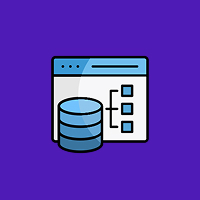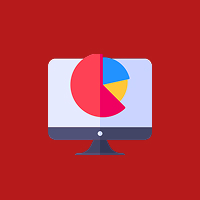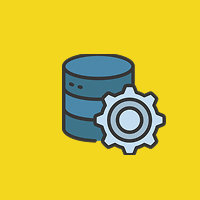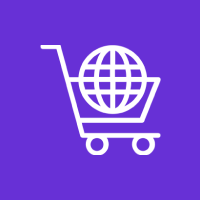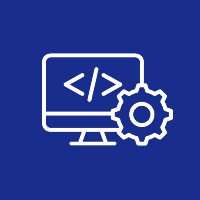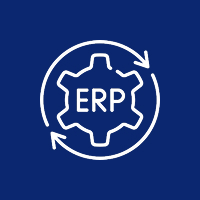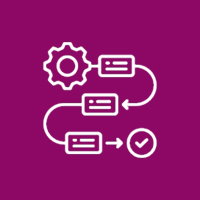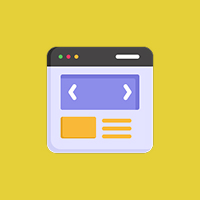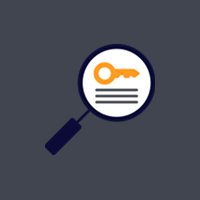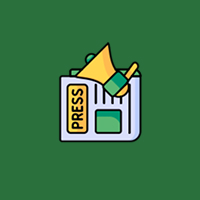Software has become the key player in most areas of life, ranging from personal productivity tools to enterprise systems that drive global businesses in this fast-paced digital landscape. The true measure of software success is not only its functionality but usability. That’s where User Experience comes in. Rather than being a nice-to-have add-on, UX is an all-important consideration that can make the difference between success and failure in your software. Let’s get deeper into the reasons why UX is so critical in software development and explore the far-reaching benefits.
1. Improvement in User Satisfaction
The user lies at the center of UX. It’s only by understanding needs, preferences, and pain points that you can build a software product they will value and enjoy. Techniques such as UX research, usability testing, and iterative design help you craft solutions that really resonate with your target audience.
Impact of User Satisfaction
- More user engagement: Because people will interact repeatedly with something that is easy to use and fun, retention rates are sure to increase.
- Good word of mouth: If your users like your software, they will spread it to their friends, which increases your reach and is without the cost of heavy advertising.
- Less Support Needed: An application that is user-friendly will eliminate confusion and help needed, which saves time and resources.
In a competitive market, satisfied users are your biggest asset, and well-thought UX is the base for achieving satisfaction.
2. Improving Efficiency and Productivity
Efficiency is one of the most important selection criteria for consumer and enterprise software. Users should be able to get what they want quickly and easily. A cluttered interface or workflow can infuriate users and make them less productive.
How Great UX Increases Efficiency:
- Navigation becomes easier by providing intuitive menus, logical layouts, and clearly labeled actions so the user can get information easily.
- Processes are streamlined where the unnecessary steps or complexity have been removed; users will take less time to complete a task.
- Error prevention results from thoughtful design that reduces the incidence of user errors, saving time by eliminating troubleshooting or rework.
In enterprise settings, improved efficiency not only boosts employee productivity but also has a direct impact on operational costs and overall business performance.
3. Cutting Development Costs
It will save a lot of money in the long run if UX is invested in the initial stages of software development. Although it would seem like a cost at first, it would pay off because it prevents costly mistakes from occurring in the first place-that is, the product not meeting the users’ expectations.
How UX Saves Costs
- Early Detection: It is much cheaper to identify problems in usability during the design phase rather than after launching the product.
- Less Need for Re-designs: A product with poor UX is more likely to be changed much post-launch, and that will cost much time and money.
- Less Training and Support: An intuitive design does not need user training and support; it saves you a lot of time for other important issues.
- You can, therefore, have a strong and user-friendly product avoiding the problems of expensive fixes after launching the product.
4. Brand Loyalty
Brand loyalty is an excellent attribute that pushes people to return year after year to the business they love; that’s very critical in user experience. In conclusion, with this hassle-free and pleasing experience users give your software a chance and often become advocates or loyal customers.
Benefits of brand loyalty through UX:-
- Repeat customers: The user experience goes such that after competitors and even substitutes begin making appearances in the market, still holds onto it.
- Increased Lifetime Value: The committed user will almost certainly upgrade and pay for enhanced versions or use the other product that fall under the ecosystem.
- Improvement in Repute: It is one great UX reputation to differentiate your brand in front of new users. Customers are likely to trust your offers more.
In contrast, an awful user experience can lead to bad reviews and lesser retention by users, making a dent in your brand’s credibility.
5. Improvement in Access
Accessibility is a UX component that receives too little credit. Not only the right thing to do, but also good business: make software usable by all those who have diverse needs and abilities.
Accessibility Features to Watch Out For:
- Screen Reader Compatibility: Allows the visually impaired user to navigate through your application.
- Keyboard Navigation: Supports people who cannot use a mouse for a mobility-related reason.
- Adjustable Settings: Change font size and contrast, and other options according to individual customers’ preference
- Appreciate Accessibility: Open to new markets, better accessibility and also abide by state and federal disabilities acts along with WCAG
6 Competitive Advantage
This is particularly very important in already saturated markets – UX can separate you from them. Even as your competitors develop similar features that you do as well, they will not have something that is truly better than how your software engages the user experience.
How UX Gives the Edge:
- Rapid Adoption: New users tend to choose intuitive and friendly-looking software.
- Increased Customer Retention: Good UX makes people come back for more, even when alternatives are available.
- Market Leadership: Companies known for great UX are perceived as industry leaders, creating growth and innovation.
- Investment in UX surpasses fulfilling users’ expectations by setting the company and product apart from competition.
7. Enabling Agile Development
The contemporary software development is agile where an improvement in increments is sought through frequent iterations with direct feedback from the users. UX very well complements this, making teams iterate the product in actual usage and requirement evolution.
UX in Agile Setting:
- User-Centric Design: The product is constantly designed to meet user needs through frequent feedback loops.
- Rapid Prototyping: Using UX tools like wireframes and mockups allows for rapid iteration and validation.
- Cross-Functional Collaboration: The UX bridges gaps between developers, designers, and stakeholders to align on goals for the project.
- By embedding UX into agile workflows, you can deliver a product that continuously improves and stays relevant over time.
Conclusion
It is no longer an option, but one of the most basic factors in developing successful products; good user experience is no longer optional in software development.
This will also make your software accessible and competitive in terms of differentiation while being agile for development. It is at such a time, when the user expectations are peaking, that delivering great UX is the only way to create lasting connections with an audience.
By putting the user at the center of your development process, you can make software that is not only adequate to meet but also delightful to users, differentiating your brand in a very crowded digital world.



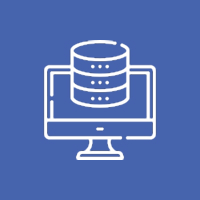





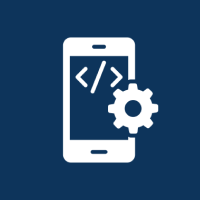



 Database Development
Database Development








